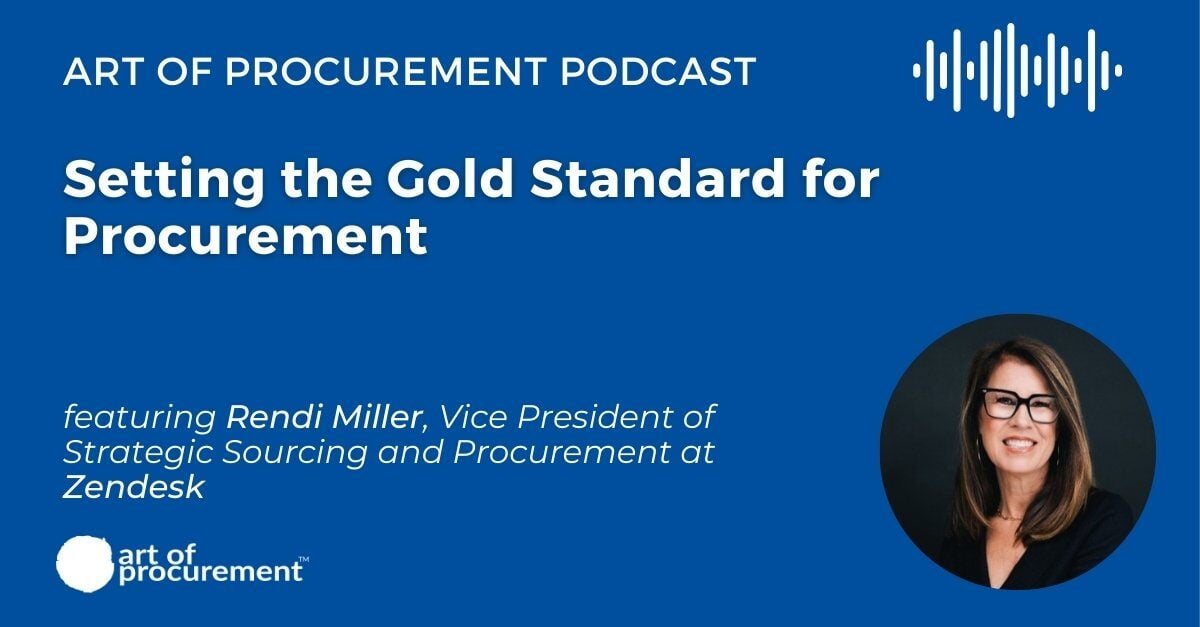
Congratulations! Your company has embraced the value of formal procurement enough to invest in it. Now that we’ve basked in your great circumstances for 10 seconds, let’s face it: you have a ton of work to do all at once. Let’s break this down into the classic three parts of people, process, and technology – only in reverse order.
Technology
Back when I was a consultant at Emptoris, I was often assigned to what we called ‘program design’ projects. Companies who had just licensed our software (yes, it was before the cloud) realized that they needed to do some work first. We didn’t call it this at the time, but we were basically running procurement transformation projects. Today the role of technology is so much larger than it used to be – and that is why I’m suggesting starting there.
Allow the technology to do as much as it can. Not only will this automate processes, speed up approvals, and increase spend visibility company wide, it will also ensure that the human procurement resources are focused on strategic work and relationship building. If you are starting a procurement function now, there is no reason to follow the same process other teams did, where they had people doing most of the work only to go through the process of transitioning that to technology over time. Take a tech-first approach for every business need and procurement task and assign human resources by exception.
I would also advise you to err on the side of generosity. Enable self-service sourcing. Please. Give everyone who wants it access to supplier and spend data. Not only will that empower internal stakeholders to be independent, it will signal to the company that procurement’s doors are wide open. That ‘brand perception’ will pay dividends in the future, especially once procurement starts to change things that affect people enough that you will need some benefit of the doubt.
Process
You are not building a compliance and governance force, you are creating a user experience. Working with procurement should be pleasant, intuitive, and frictionless. Think of it this way – you’re a new business just opening your doors to the public. You’re vying for market share, and the faster you can increase your customer base, the better your results will be. I know you’re not opening a coffee shop or a manufacturing operation, but if you can think in those terms rather than falling back on the tired old mandate-driven path you will be so glad. Even within procurement, processes should be easy and flexible. Procurement has to be just as empowered to create value as distributed buyers. Processes – especially documented ones – should be guidelines, not checklists, and they need to be executed with contextualized understanding and driven by category and business expertise.
People
Obviously you want a skilled procurement team, but attitude and culture are a very close second and third. Each person on the team IS procurement when they go out into the enterprise to resolve a supplier question or kick off a sourcing project. Think back to what I said about the customer experience. Today’s procurement professionals need strong soft skills and solid business acumen. They need to listen before they speak and they need to be open to new ideas. In 2021, we talk a lot about resilience. And while we usually mean literal supply chain resilience, all resilience starts with the people on the job. They are the ones that are going to keep products and services moving when times get tough, and they will come up with creative solutions to unexpected problems and opportunities that arise.
My last point on this is to direct you to a few relevant papers in the Art of Procurement resource center. They contain information and ideas that will help you get your shiny new procurement organization off the ground:




